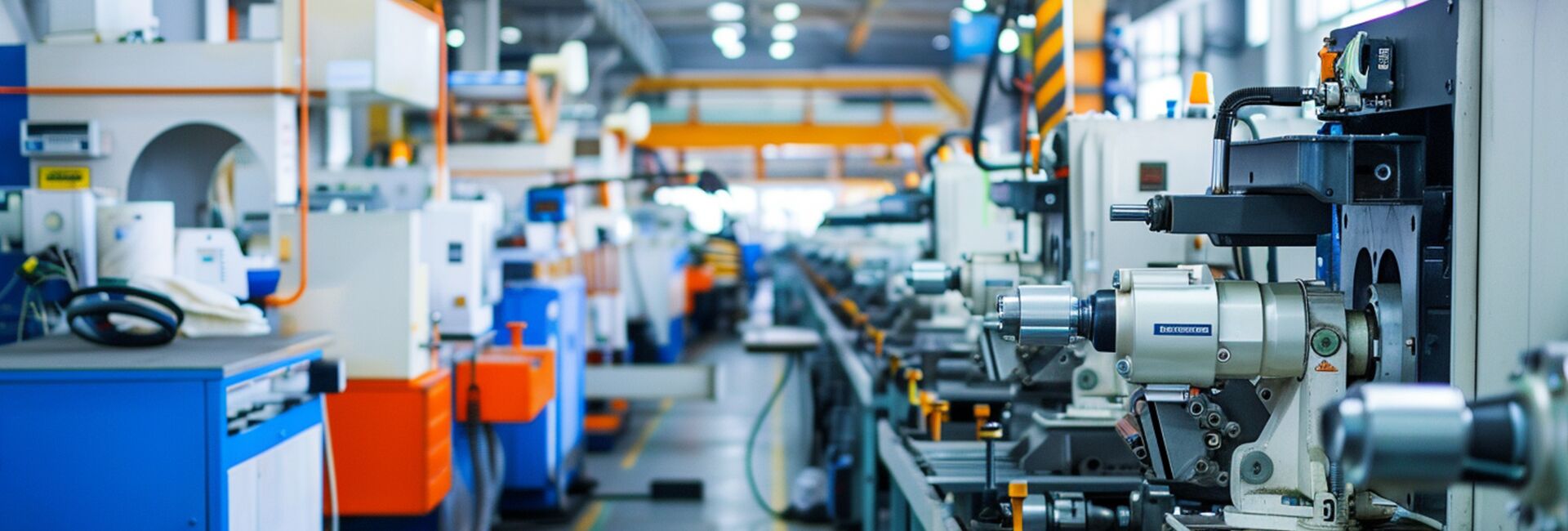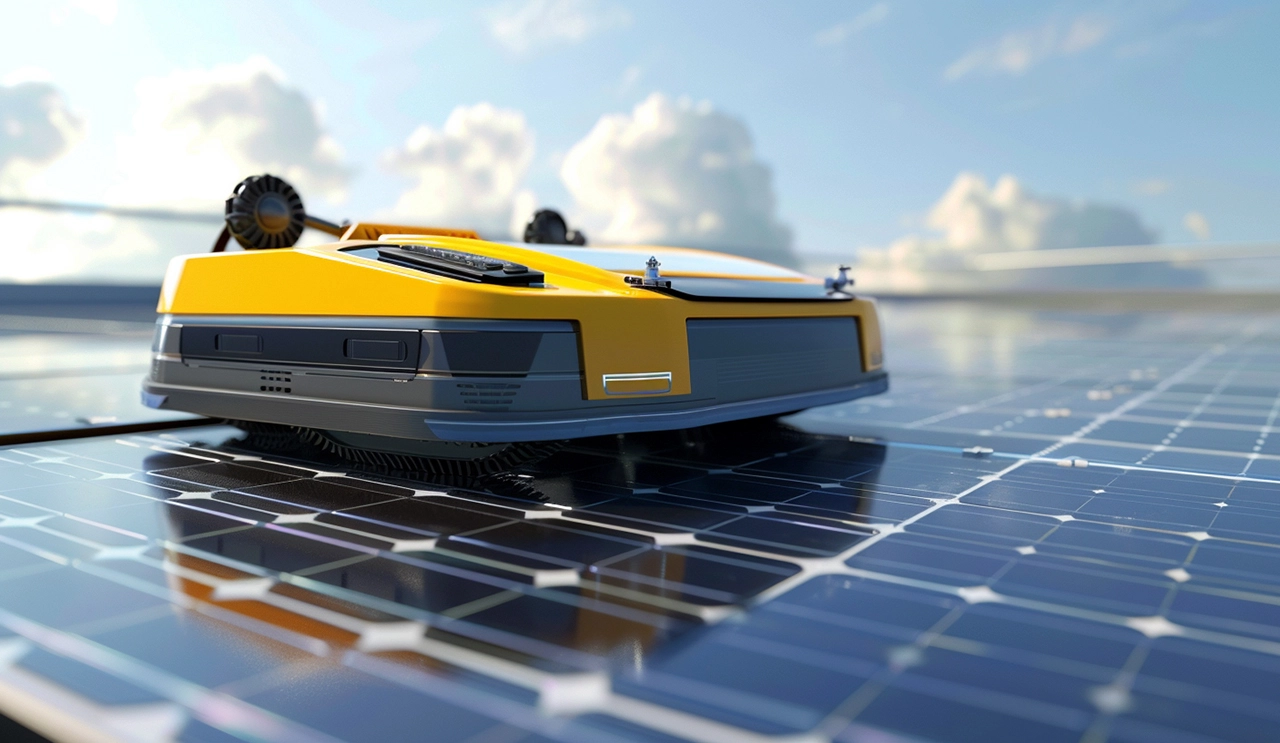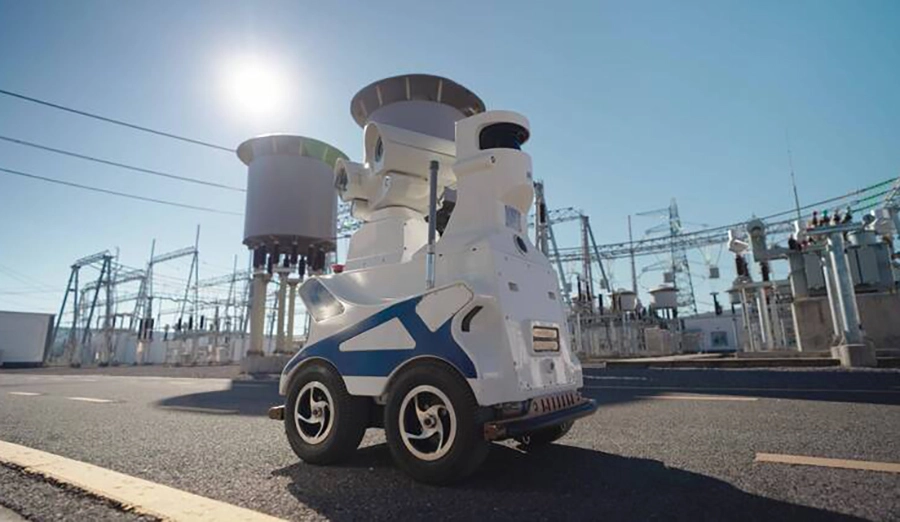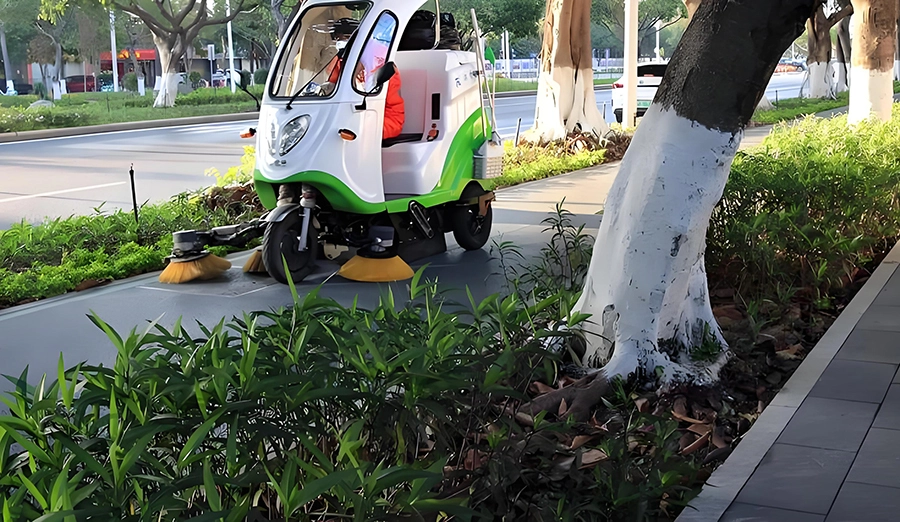
WIRELESS CHARGING IN THE NEWS
The efficient wireless charging scheme of intelligent robot automatic recharge is a key technological breakthrough to improve equipment autonomy and job continuity. Through precise positioning, adaptive energy transmission and intelligent management systems, the solution is driving a performance revolution in service robots, industrial robots and other fields. The following analysis is carried out from three dimensions: technical path, scene application and efficiency optimization.
First, precise positioning and energy coupling technology
The multi-sensor fusion positioning system adopts UWB (ultra-wideband) + visual aid + magnetic guidance compound positioning, and the positioning accuracy is up to ±1cm. Cobos X2 sweeping robot achieves 100% recharge success rate within a distance of 2 meters through double verification of TOF ranging and QR code recognition. The energy transmission core uses dual-band magnetic resonance technology:
Low frequency band (87kHz) : for high power transmission within 5cm, peak efficiency 93%
High frequency band (6.78MHz) : Support 30cm medium distance recharge, efficiency maintained 85%
The intelligent tuning module developed by Infineon matches the robot battery impedance in real time, enabling the 50W charging system to maintain ±2% power stability despite load fluctuations.
Second, scene efficiency breakthrough
Home service scenario: The Cloud whale J4 vacuum cleaner is equipped with a ring launching coil, and the robot is assisted by the gyroscope to align and complete the charging docking within 15 seconds. Compared with traditional contact charging, the dust and water resistance level is increased to IP68, and the failure rate in humid environment is reduced by 92%.
Industrial inspection scenario: The rail inspection robot of the State Grid power substation adopts the wireless power supply system embedded in the rail. When the robot runs along the predetermined path, it obtains power continuously through the segmented coupling coil, and the inspection radius of a single charge is extended from 3km to 12km.
Medical disinfection scenario: BlueBotics' ultraviolet disinfection robot uses the directional microwave charging device (2.45GHz) at the top of the operating room to maintain battery health at 5W power in standby state, and the response speed of sudden tasks is increased by 40%.
Third, system-level efficiency optimization
1. Dynamic power management: DJI Airport 2.0 UAV wireless charging system automatically adjusts 15150W output power according to battery temperature and SOC state, and the 30-minute fast charging efficiency is 27% higher than that of constant power mode.
2. Topological structure innovation: The LCCS compensation topology introduced by Texas Instruments makes the transmission efficiency of 50cm distance exceed 80%, and the robot can trigger the recharge at any point in the moving path.
3. Energy recovery technology: ABB's robotic arm brake energy recovery system returns inertial energy to the power grid through wireless reverse transmission, and a single device can save up to 1800kWh annually.
4. Safety and reliability design
In vivo detection: Anker's innovative solution integrates bioimpedance sensing to detect a pet near and immediately cut off the magnetic field
Foreign body recognition: Huawei HiLink protocol robot can detect Q value and trigger 85dB sound and light alarm when metal debris interferes
Thermal management: Xiaomi CyberDog2 adopts liquid cooling cooling module to ensure that the surface temperature of 1kW wireless charging is less than 40℃
5. Technological evolution Trend
1. Material revolution: Silicon carbide (SiC) devices increase the efficiency of the 300kHz high-frequency system to 95%, and the charging speed is three times faster than the silicon-based solution
2. Space power supply: MIT developed RFphased array technology to realize on-demand power supply for multiple robots in a 5-meter radius space
3. AI predicts charging: NVIDIA Isaac platform integrates digital twin system to predict robot energy consumption gap and schedule charging 30 minutes in advance
The current mainstream scheme has realized the gold replenishment standard of "5-minute positioning + 10-minute fast charge", which saves 70% charging time compared with the traditional scheme. With GaN device costs down to $0.3/W, wireless recharge will be standard on 80% of global service robots by 2025. The technology not only reconstructs the way robots obtain energy, but also promotes the evolution of smart devices to be truly autonomous through seamless operation and replenishment processes.







